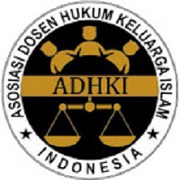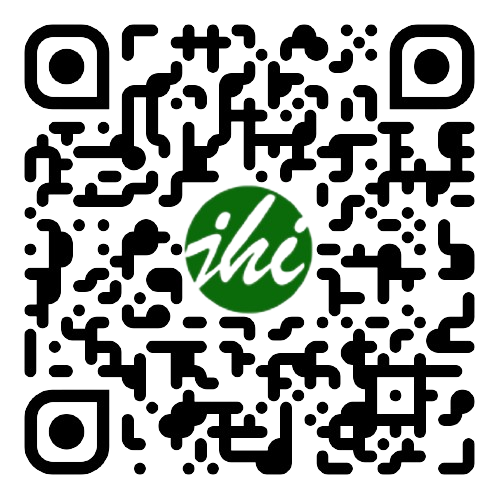Plagiarism Screening
All of the articles submitted to Jurnal Hukum Islam will be screened for plagiarism using plagiarism detection tools (Turnitin ). Samarah Journal will immediately reject papers leading to plagiarism or self-plagiarism.
Before submitting articles to reviewers, those are first checked for similarity/plagiarism tool, by a member of the editorial team. The papers submitted to Jurnal Hukum Islam must have a similarity level of less than 20%.
Plagiarism is the exposure of another person’s thoughts or words as though they were your own, without permission, credit, or acknowledgment, or because of failing to cite the sources properly. Plagiarism can take diverse forms, from literal copying to paraphrasing the work of another. In order to properly judge whether an author has plagiarized, we emphasize the following possible situations:
- An author can literally copy another author’s work- by copying word by word, in whole or in part, without permission, acknowledge or citing the original source. This practice can be identified by comparing the original source and the manuscript/work who is suspected of plagiarism.
- Substantial copying implies an author to reproduce a substantial part of another author, without permission, acknowledge, or citation. The substantial term can be understood both in terms of quality as quantity, is often used in the context of Intellectual property. Quality refers to the relative value of the copied text in proportion to the work as a whole.
- Paraphrasing involves taking ideas, words, or phrases from a source and crafting them into new sentences within the writing. This practice becomes unethical when the author does not properly cite or does not acknowledge the original work/author. This form of plagiarism is the more difficult form to be identified.
At Jurnal hukum Islam we require that all authors sign a copyright form that clearly states that their submitted work has not been published before. If elements of a work have been previously published in another publication, including an Emerald publication, you, as the author, are required to acknowledge the earlier work, and indicate how the subsequent work differs and builds upon the research and conclusions contained in the previous work. Verbatim copying of an author's own work and paraphrasing is not acceptable, and we recommend that research should only be reused to support new conclusions.
We recommend that authors cite all previous stages of publication and presentation of their ideas that have culminated in the final work, including conference papers, workshop presentations and listserv communications. This will ensure that a complete record of all communication relating to the work is documented.


















.png)




